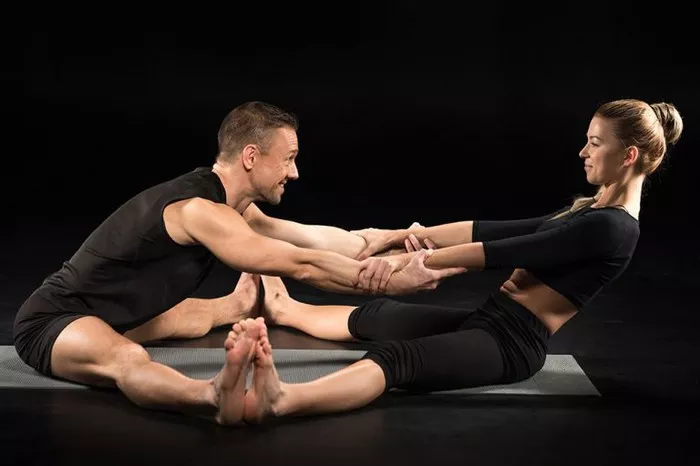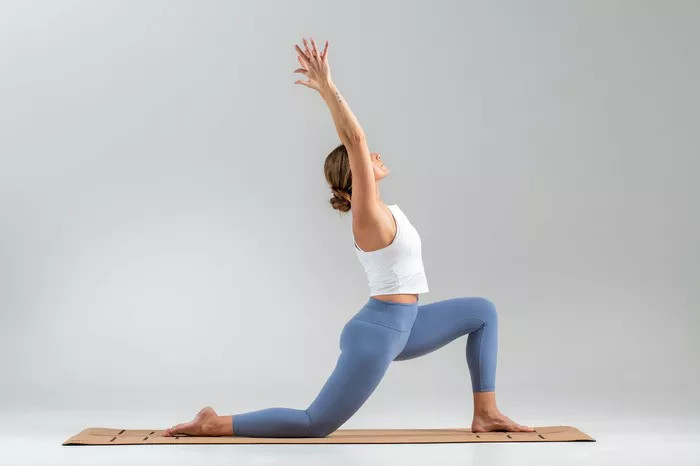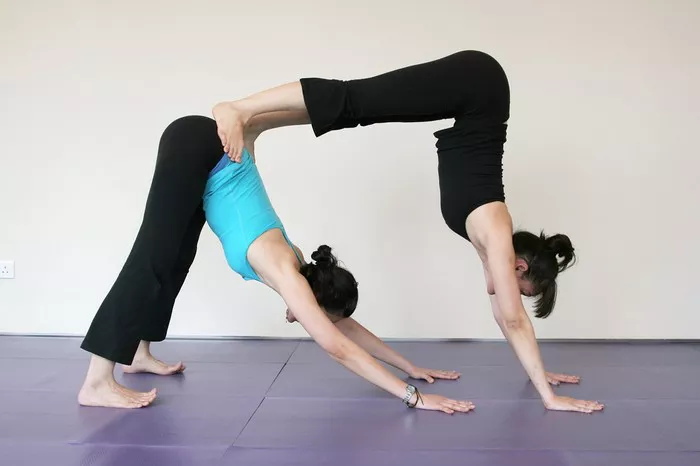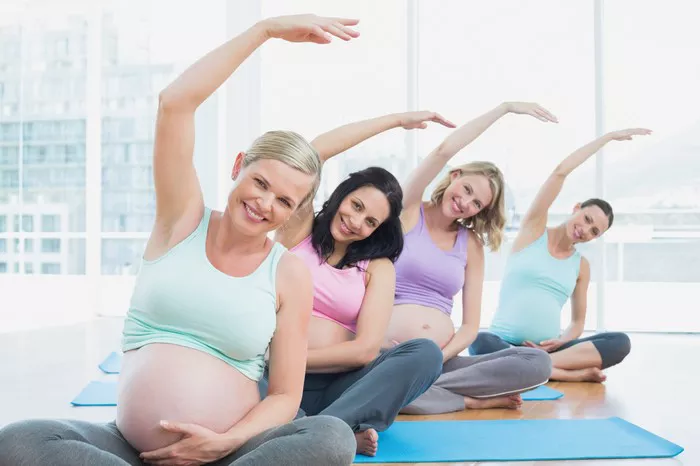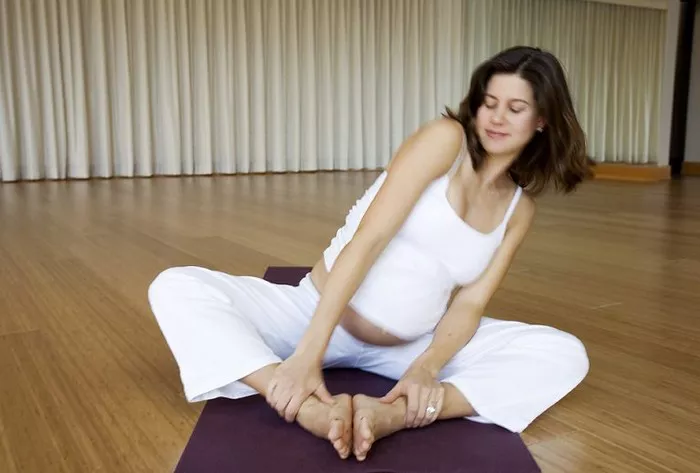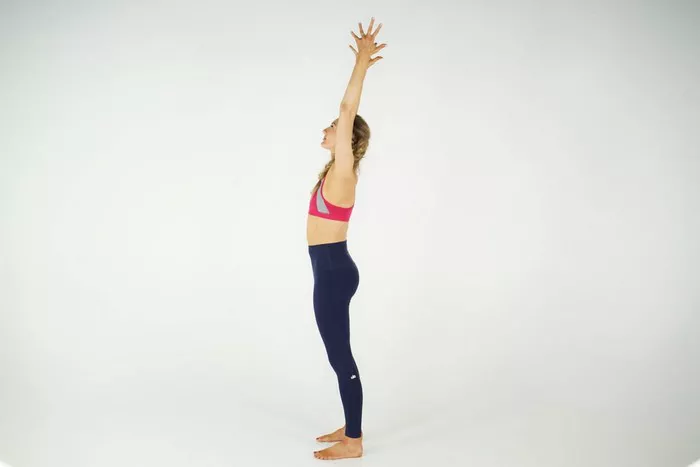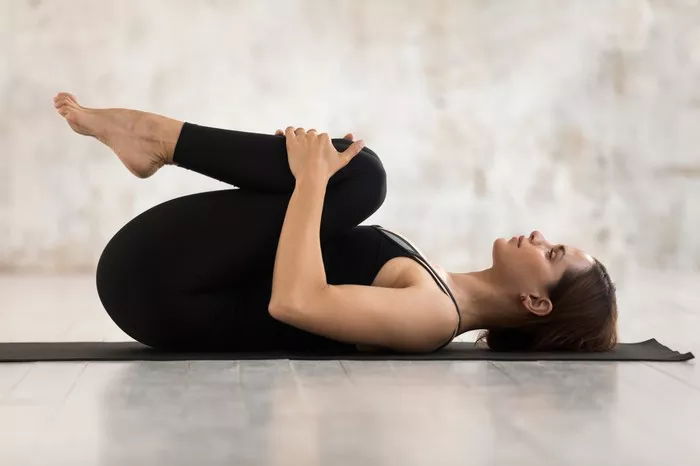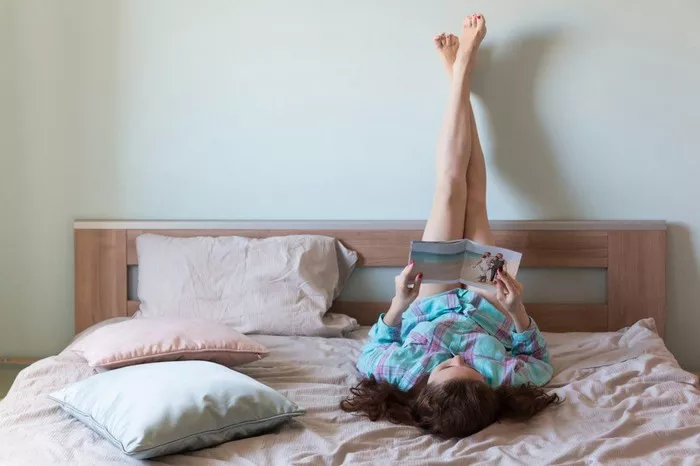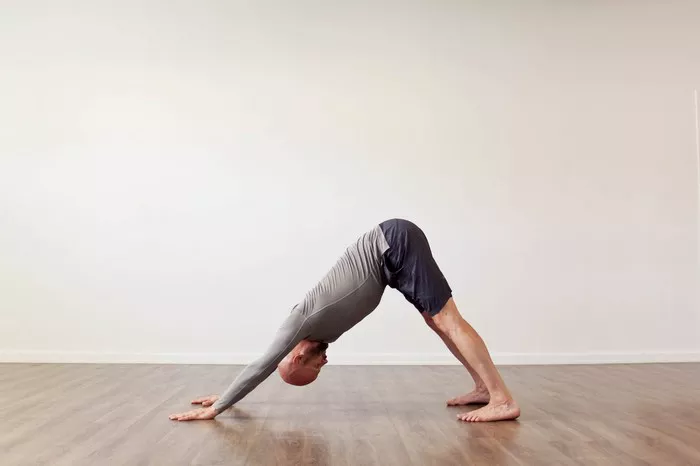Yoga has been practiced for centuries and has gained immense popularity in recent years due to its numerous physical and mental health benefits. A yoga block is a simple yet essential prop that has become a staple in many yogis’ practice. It is a rectangular or square piece of foam, cork, or wood, typically measuring around 9 inches long, 6 inches wide, and 3 inches thick. This unassuming tool serves multiple purposes, enhancing the yoga experience for practitioners of all levels, from beginners who are still building flexibility and strength to advanced yogis looking to deepen their poses and explore new variations. In this article, we will explore the various uses of a yoga block in detail, uncovering how it can assist in achieving better alignment, increasing balance, and making challenging poses more accessible.
Improving Alignment
In Standing Poses
When performing standing poses such as Tadasana (Mountain Pose), a yoga block can be placed between the thighs and squeezed gently. This helps to engage the inner thigh muscles and provides proprioceptive feedback, guiding the practitioner to keep the legs properly aligned. For example, it prevents the knees from collapsing inward, ensuring a stable and correct stance.
In Warrior II pose, the block can be placed under the back hand, which is reaching out to the side. This allows the arm to be fully extended without overstretching or straining the shoulder. It also helps to keep the torso in proper alignment, preventing it from leaning too far forward or backward.
In Forward Bends
In seated forward bends like Paschimottanasana, if the hands cannot reach the feet comfortably, a block can be placed under the palms. This enables the practitioner to maintain a straight back and avoid rounding the spine. By having the support of the block, the stretch is more evenly distributed along the back of the legs and the spine, rather than just pulling at the fingertips.
Standing forward bends like Uttanasana can also benefit from a block. Placing the block on the floor in front and resting the hands on it allows for a more relaxed and proper spinal alignment. It takes the pressure off the lower back and hamstrings, allowing for a deeper and more comfortable stretch.
Enhancing Balance
In Tree Pose
Tree pose (Vrksasana) can be challenging for many, especially beginners. By placing a block on the floor next to the standing foot and lightly touching it with the toes or the side of the foot, it provides a point of reference and stability. This added support can help the practitioner find their balance more easily and build confidence in the pose.
The block can also be held in the hand opposite the lifted leg. This gives an additional sense of stability and helps to counterbalance the body, making it easier to maintain the pose for a longer duration.
In Warrior III
In Warrior III, a block can be placed on the floor under the outstretched fingertips of the front hand. This helps to lower the center of gravity and provides a visual and physical cue for balance. It allows the practitioner to focus on engaging the core and lifting the back leg without worrying too much about toppling over.
Another option is to hold the block between the hands in front of the body. This gives a feeling of stability and can be adjusted as needed to find the perfect balance point, especially when first learning the pose.
Deepening Stretches
In Hip Openers
In poses like Pigeon Pose, a block can be placed under the hip of the front leg. This elevates the hip slightly, allowing for a deeper opening of the hip joint. It also helps to relieve some of the pressure on the knee and hip, making the pose more comfortable and sustainable.
For Supine Figure Four pose, a block can be placed under the outer thigh of the crossed leg. This increases the stretch in the glutes and outer hip muscles, enhancing the effectiveness of the pose.
In Backbends
In Camel Pose, if the hands cannot reach the feet easily, a block can be placed under each hand. This allows the practitioner to open the chest and shoulders more fully without straining the back. It helps to deepen the backbend and maintain proper spinal alignment.
In Bridge Pose, a block can be placed under the pelvis. This lifts the hips higher, intensifying the stretch in the chest, shoulders, and hips. It also provides a more stable base for those who may have difficulty maintaining the pose without additional support.
Modifying Poses for Beginners or Injuries
For Beginners
In Downward-Facing Dog, beginners may struggle to keep their heels on the ground and maintain proper alignment. Placing a block under each palm can help to relieve some of the pressure on the wrists and shoulders, allowing them to focus on engaging the core and legs. It also makes it easier to work towards getting the heels closer to the floor over time.
In Triangle Pose, a block can be held in the hand that reaches towards the floor. This shortens the distance and provides stability, making it less intimidating for those new to the pose.
For Injuries
If someone has a wrist injury, using a block in poses like Plank can reduce the amount of weight and pressure on the wrists. By placing the block on the floor and resting the hands on it at an angle, the wrists are in a more comfortable position, allowing for continued strength training without aggravating the injury.
For those with a lower back injury, in poses such as Cat-Cow, a block can be placed under the hips during the Cow pose. This provides gentle support and helps to limit the range of motion in the lower back, preventing further pain or discomfort.
Assisting in Meditation and Relaxation
In Seated Meditation
When sitting in meditation, a block can be placed under the hips. This helps to elevate the pelvis, allowing the spine to naturally assume a straighter position. It reduces the strain on the lower back and promotes a more comfortable and focused meditation practice.
The block can also be used to support the hands in a mudra. For example, in Chin Mudra, if the elbows are feeling strained, the block can be placed under the forearms, providing a more relaxed position for the hands and arms.
In Savasana
In Corpse Pose, a block can be placed under the knees. This helps to relieve any tension in the lower back and allows the legs to relax more fully. It also promotes a feeling of grounding and comfort, enhancing the overall relaxation experience.
Another option is to place a block under the head. This can be adjusted to find the most comfortable position for the neck, ensuring a deeper and more restful relaxation.
Conclusion
A yoga block is truly a versatile and valuable tool in the practice of yoga. Whether you are a beginner looking to build a solid foundation, an intermediate practitioner aiming to deepen your practice, or an advanced yogi exploring new challenges, the yoga block can assist you in achieving better alignment, enhancing balance, deepening stretches, modifying poses for various needs, and even improving your meditation and relaxation. By incorporating this simple prop into your yoga routine, you can unlock new levels of comfort, safety, and effectiveness in your practice, allowing you to fully experience the physical and mental benefits that yoga has to offer. So, the next time you roll out your yoga mat, don’t forget to grab your trusty yoga block and discover all the ways it can enhance your practice.
Related topics


